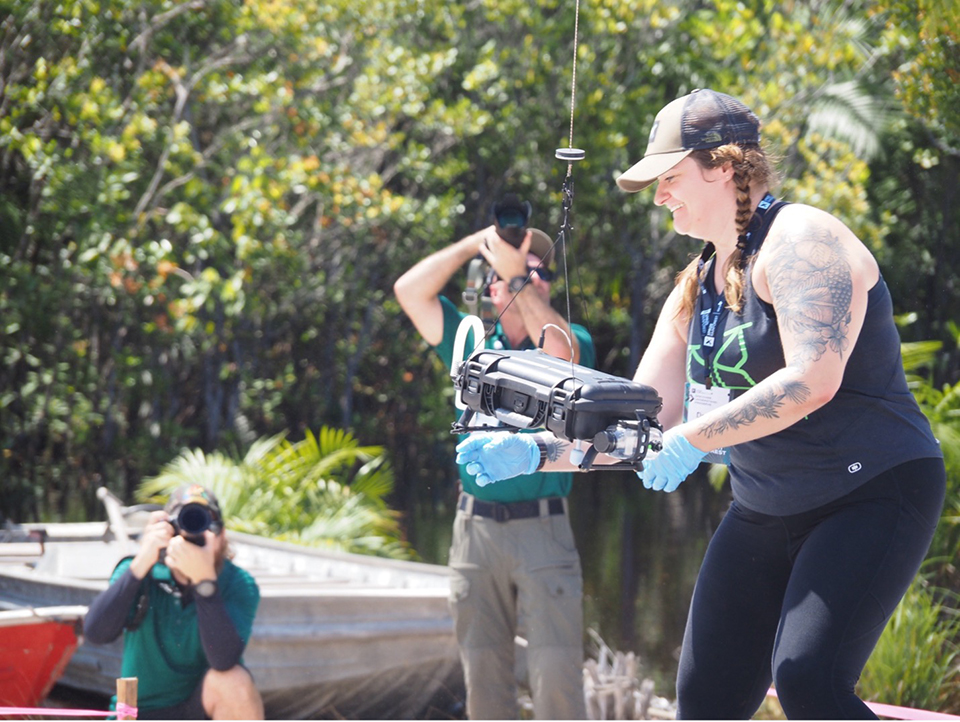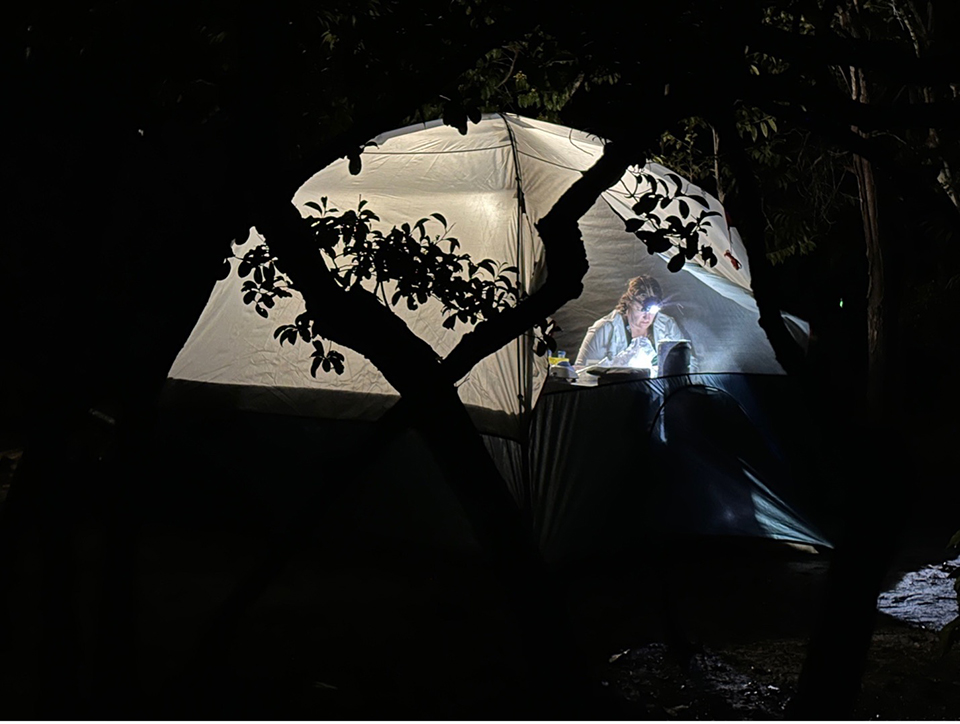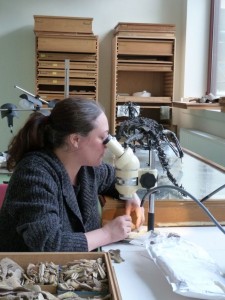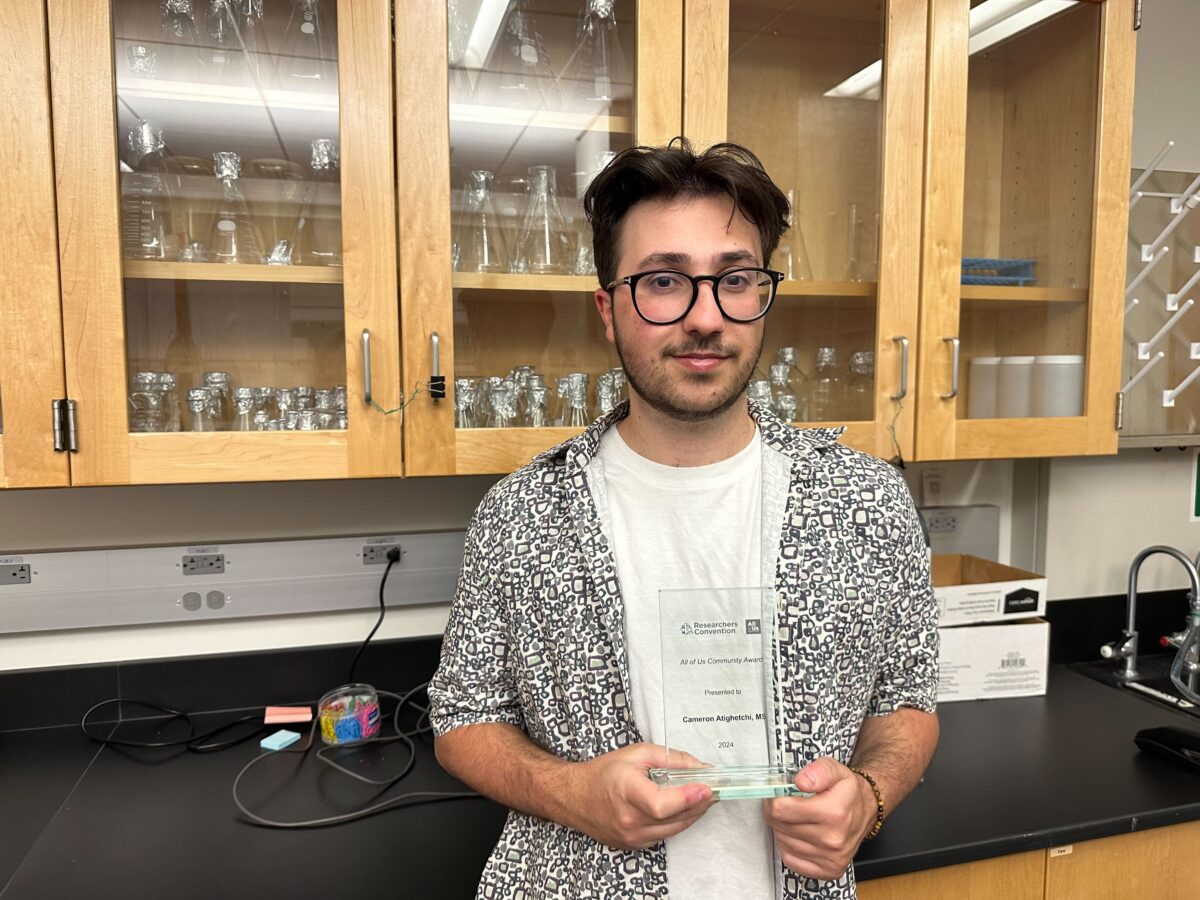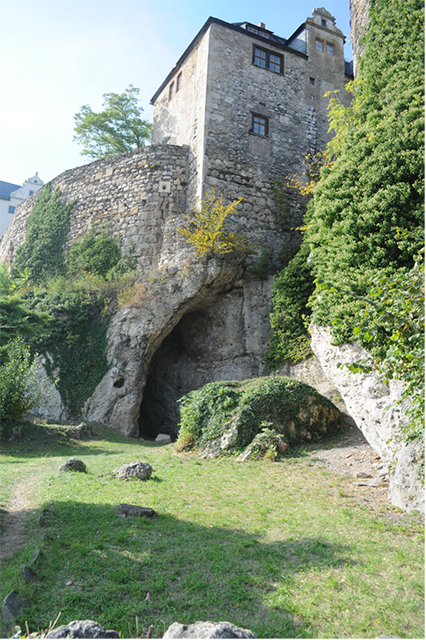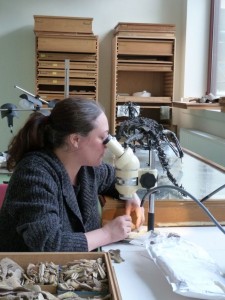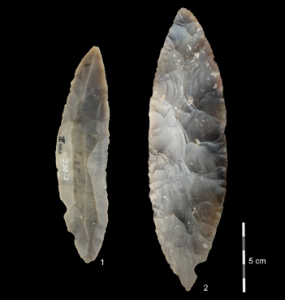Media Contact: Carmen Ramos Chandler, carmen.chandler@csun.edu, (818) 677-2130

Cell and molecular biologist Chhandak Basu, a professor at California State University, Northridge, is an expert in plant and microbial cellular responses to climate change and environmental extremes. His research, funded by NASA and U.S. Department of Agriculture, focuses on molecular and physiological responses of plants and microbes to various environments.
To further his studies, which could have broad implications when it comes to alternative fuels, Basu has been awarded a Distinguished Fulbright Scholarship from the U.S. Department of State and the Fulbright Foreign Scholarship Board.
Basu, who teaches in CSUN’s College of Science and Mathematics, was excited to learn he had been selected as a Fulbright Scholar.
“There was also a moment of disbelief because I had been selected in the distinguished category, which is highly competitive and awarded to only a handful of recipients.” he said. “I am thrilled to begin this Fulbright journey at the University of São Paulo —advancing sustainable biofuel research while building lasting international collaborations.”
As a Fulbright Scholar, Basu will be traveling to the University of São Paulo in Brazil to collaborate with professor of plant biology Igor Cesarino, whose research topics focus on plant molecular biology and plant biotechnology, during two consecutive summers in 2025 and 2026. The pair will study how drought stress brought on by climate change impact the potential to use plants as biofuel.
“Biofuels offer an environmentally friendly alternative to fossil fuels, but their production can be hindered by drought conditions and plant structural components like lignin, which makes biomass harder to process into fuel,” Basu said. “This research will examine how drought affects lignin deposition, gene expression, photosynthesis, and plant anatomy in green foxtail and sugarcane — two species important for bioethanol production.”
Additionally, Basu will be teaching a credit-bearing course titled “Biotechnology for Biofuel” at the University of São Paulo and will deliver two seminars at its São Paulo and Lorena campuses.
Basu began his academic career at Bidhan Chandra Krishi Viswavidyalaya in India, where he earned a bachelor’s degree in agricultural science before coming to the United States to continue his studies. He earned a master’s in science from Montana State University, specializing in plant molecular breeding, and a Ph.D. from the University of Rhode Island, with a specialty in plant biotechnology.
“Some of the important parameters of life are what we call food, fuel and fiber or textiles,” he said. “Plants can provide us fiber, food and, if done right, energy. As an undergrad, I wanted to study how alternative energy could be used, both in the industrial sector and the agricultural sector. I am also very aware of the impact of climate change and our constant dependency on foreign oil.”
Basu said his current plant research could directly benefit farmers in the United States.
“We could incentivize farmers to grow more resilient, energy-rich crops to reduce our dependence on foreign oil.” he said. “But therein lies the debate of food versus fuel. Should you plant corn to make tortillas and other food products, or should you plant corn to make biofuel? With the rise of climate change and accompanying food scarcity, it’s time to look at investing in non-food crops. Which is why we’re looking at foxtail. Non-food crops will be more environmentally friendly and more ethically and socially acceptable for biofuel production.”
Since 1946, the Fulbright Program has provided over 400,000 talented and accomplished students, scholars, teachers, artists, and professionals with the opportunity to study, teach, and conduct research abroad. Fulbrighters exchange ideas, build people-to-people connections, and work to address complex global challenges. Notable Fulbrighters include 62 Nobel Laureates, 93 Pulitzer Prize winners, 82 MacArthur Fellows, 44 heads of state or government, and thousands of leaders across the private, public, and non-profit sectors.
Over 800 individuals teach or conduct research abroad through the Fulbright U.S. Scholar Program annually. In addition, over 2,000 Fulbright U.S. Student Program participants—recent college graduates, graduate students, and early career professionals—participate in study/research exchanges or as English teaching assistants in local schools abroad each year.
Fulbright is a program of the U.S. Department of State, with funding provided by the U.S. Government. Participating governments and host institutions, corporations, and foundations around the world also provide direct and indirect support to the Program, which operates in over 160 countries worldwide.





